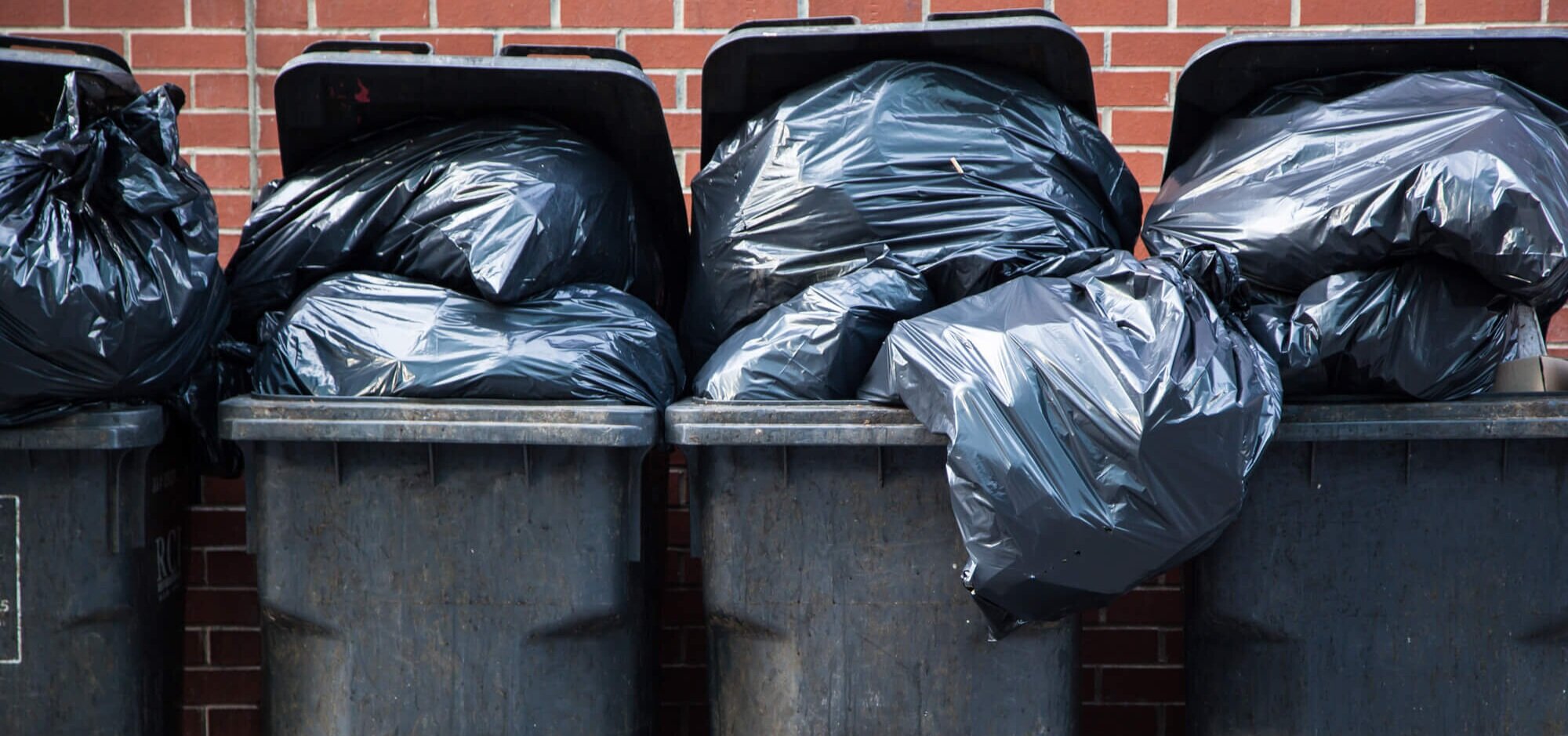
Garbage, often synonymous with not allow or rubbish, represents a significant challenge in modern society, impacting on environmental sustainability, human health, and urban planning. At its core, garbage is any material deemed unwanted or no longer useful, typically removed by individuals, businesses, or industries. This includes a diverse range of items such as food leftovers, packaging materials, old consumer electronics, and household waste. The 商用垃圾桶 of garbage varies widely depending on location, lifestyle, and industrial activity, but common categories include organic waste, recyclables, hazardous materials, and non-recyclable waste.
The process of managing garbage involves several levels, from collection and transportation to removal and these recycling. Municipalities typically handle the initial collection and transportation of garbage to designated facilities. Once at these facilities, garbage is sorted based on its type and potential for these recycling or composting. Organic waste may be composted to create nutrient-rich soil changes, while recyclable materials are processed and transformed into new products. Hazardous materials, such as batteries and chemicals, require special handling to prevent environmental contamination.
These recycling plays an important role in garbage management by directing valuable resources from landfills and reducing the requirement for garbage. Recyclable materials, such as paper, glass, plastic, and metals, are sorted, cleaned, and processed into garbage which they can use to manufacture new products. This process not only retains natural resources but also reduces energy consumption and greenhouse gas emissions. However, these recycling systems face challenges, including contamination of recyclable materials, fluctuating market demand for recycled products, and the intricacy of selecting mixed waste.
Composting is another essential part of effective garbage management, particularly for organic waste such as food leftovers and yard clippings. Composting makes over organic materials into nutrient-rich compost that can enhance soil health and support plant growth. This process reduces the actual of waste delivered to landfills and lowers greenhouse gas emissions associated with organic waste decomposition. Community composting programs and home composting initiatives are increasingly popular as individuals and communities seek to reduce their environmental impact.
Landfills, though in times past the primary method of waste removal, present significant environmental challenges. Landfills can leach harmful chemicals into groundwater, produce methane—a potent greenhouse gas—and occupy valuable land. Modern landfills are made with liners and leachate collection systems to mitigate environmental impacts, but they remain a less desirable solution compared to these recycling and composting. Efforts to reduce landfill waste include promoting waste diversion strategies and encouraging zero-waste lifestyles.
Incineration, or waste-to-energy technology, is another method of garbage management that involves burning waste to generate energy. This process reduces the actual of waste and can produce electricity or heat. However, incineration raises concerns about associated with the and the release of toxic substances. Modern incinerators include advanced filtration systems to reduce emissions, but the debate continues over their environmental and health impacts.
Education and awareness play a vital role in improving garbage management practices. Public campaigns and educational programs try to inform individuals about proper waste removal, these recycling practices, and the benefits of reducing waste. By encouraging a culture of sustainability, communities can better manage their garbage and support environmental protection efforts. Schools, businesses, and government agencies often team up on initiatives to promote waste reduction and these recycling.
Innovation and technology are driving advancements in garbage management. Smart waste systems, such as sensor-equipped packing containers and automated selecting technologies, enhance efficiency in waste collection and processing. Research into alternative materials, such as biodegradable parts and sustainable packaging, aims to reduce the environmental impact of garbage. Additionally, advances in waste-to-energy technologies offer potential solutions for managing non-recyclable waste.
The concept of a circular economy is gaining grip as a framework for managing garbage. A circular economy focuses on designing products for durability, repairability, and recyclability, thereby reducing waste and exploiting resource efficiency. By rethinking product design and consumption patterns, a circular economy tries to create closed-loop systems where materials are continuously reused and regenerated.
To sum up, managing garbage is a complex issue that needs a combination of strategies to address environmental, health, and economic concerns. Effective garbage management involves reducing waste generation, promoting these recycling and composting, exploring alternative removal methods, and encouraging public awareness. As organizations continue to change, taking on sustainable practices and innovative solutions will be crucial in managing garbage and protecting the surroundings for future generations.
Leave a Reply